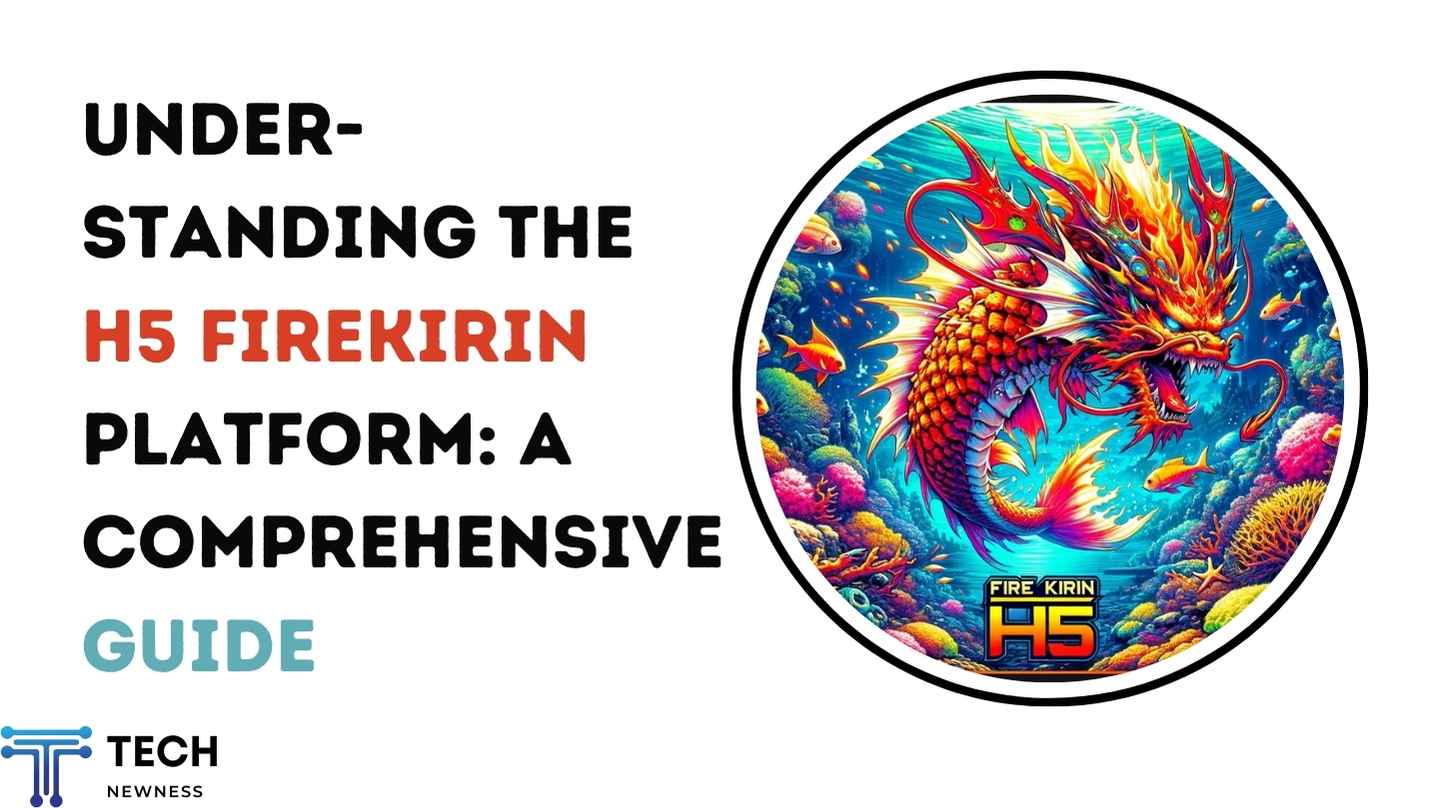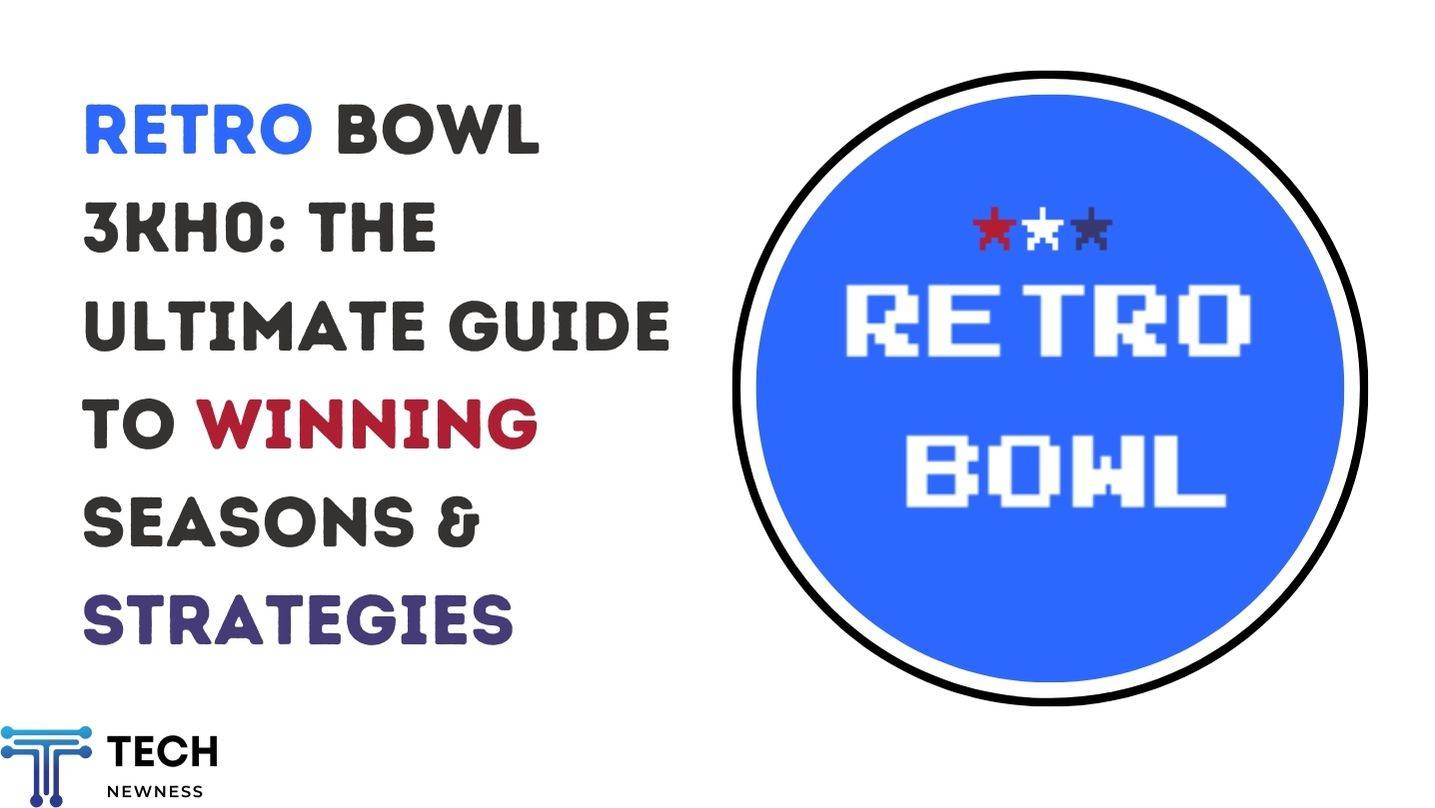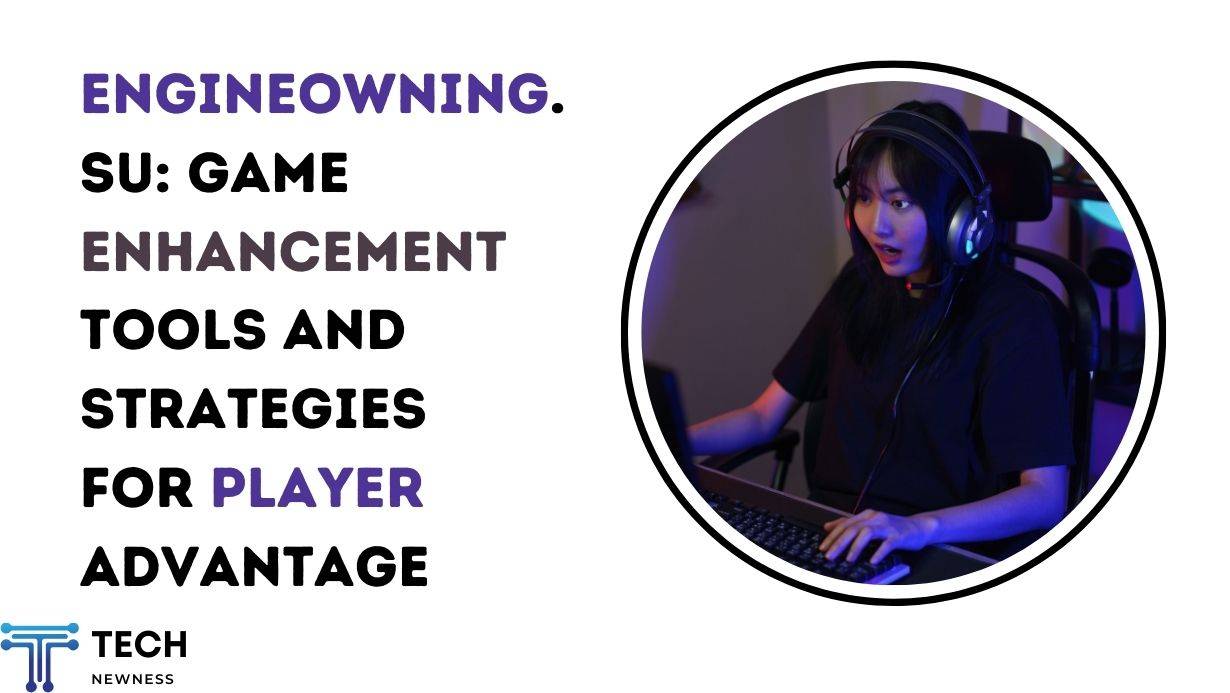What is Halo (2003)? The game that defined a generation and set the standard for first-person shooters. But beyond its groundbreaking gameplay and immersive storyline, Halo (2003) also made waves with its iconic visual elements—specifically, its Halo (2003) game icons banners. These elements are not just decorative; they play a crucial role in the overall gaming experience.
Table of Contents
Understanding Halo (2003)
Overview of the Game
Released in 2003, Halo: Combat Evolved quickly became a landmark in the gaming world. Developed by Bungie and published by Microsoft, it was a key launch title for the original Xbox console.
Gameplay Mechanics
Halo (2003) introduced players to a new level of first-person shooter mechanics with its fluid controls, diverse weaponry, and strategic combat scenarios. Players take on the role of Master Chief, a super-soldier tasked with saving humanity from the alien Covenant.
Storyline and Characters
The game’s rich narrative and memorable characters, like the stoic Master Chief and the AI companion Cortana, added depth to the intense gameplay, creating a compelling and immersive experience.
Game Icons and Banners: An Overview
Definition and Importance
Game icons and banners are visual elements used within games to represent various features, achievements, and promotional content. They are essential for quick recognition and enhancing user interface navigation.
Evolution of Game Icons and Banners
From simple pixelated images in the early days of gaming to the detailed and stylized icons of modern games, these visual elements have significantly evolved, reflecting advancements in graphic design and technology.
Iconography in Halo (2003)
Design Philosophy
The icons in Halo (2003) were designed with a clear philosophy: simplicity combined with a futuristic aesthetic. This design approach ensured that icons were not only functional but also contributed to the game’s overall thematic consistency.
Icon Styles and Themes
The icons often featured bold, clean lines and a metallic sheen, evoking a sense of high-tech sophistication. Common themes included military insignias, weapon silhouettes, and alien symbols.
Key Icons in Halo (2003)
Notable icons from the game include the Spartan helmet, which represents the Master Chief, and various weapon icons, each designed to be instantly recognizable and indicative of their in-game counterparts.
Halo (2003) Game Icons Banners

Purpose and Significance
Halo (2003) game icons Banners served multiple purposes, from highlighting key game features to promoting upcoming content and events. They were instrumental in maintaining player engagement and excitement.
Design Elements of Banners
These banners often combined dynamic imagery with concise text, using bold colors and dramatic visuals to capture attention. The use of in-game screenshots and character art helped create a cohesive look.
Memorable Halo (2003) Game Icons Banners
Some of the most memorable banners featured Master Chief in action poses, set against dramatic backdrops of alien landscapes or battle scenes, encapsulating the epic scope of the game.
List of Halo (2003) Game Icons Banners
Below is the list of memorable Halo (2003) game icons banners:

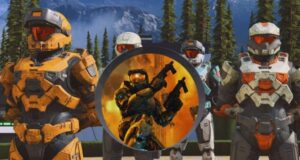

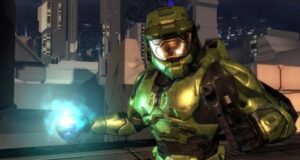


The Role of Icons and Banners in Gaming
Enhancing User Experience
Well-designed icons and banners enhance the overall user experience by providing clear visual cues and adding an aesthetic appeal that complements the game’s design.
Branding and Marketing
These visual elements are also crucial for branding and marketing, helping to create a recognizable image for the game and attract new players.
Community Building
Icons and banners contribute to community building by fostering a shared visual language among players, which can be used in forums, social media, and fan sites.
Creating Iconic Game Art
Artistic Inspiration
Designing game icons and banners often draws inspiration from various sources, including the game’s narrative, character design, and real-world military and sci-fi aesthetics.
Tools and Techniques
Modern graphic design tools like Adobe Illustrator and Photoshop are commonly used to create these elements. Techniques include vector drawing, digital painting, and 3D modeling.
Challenges and Solutions
Designers often face challenges such as maintaining clarity at different sizes and ensuring consistency with the game’s overall aesthetic. Solutions include iterative design processes and user feedback to refine the visuals.
The Impact of Halo’s Icons and Banners on the Gaming Industry
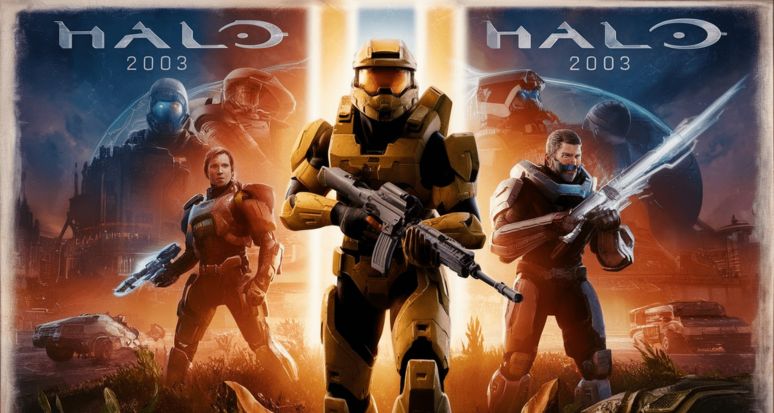
Influence on Other Games
The success of Halo’s visual elements influenced many other games, setting a standard for high-quality, cohesive design that enhances gameplay and player immersion.
Legacy and Continued Relevance
Even years after its release, the icons and banners of Halo (2003) continue to be celebrated and referenced in new iterations of the series and in the wider gaming community.
Community and Fan Contributions
The passionate Halo community has created countless fan-made icons and banners, showcasing their creativity and deep connection to the game.
Official contests and community-driven projects have further enriched the game’s visual culture, often leading to the inclusion of fan-made designs in official releases.
The Future of Game Icons and Banners
As technology advances, we see trends like animated icons, dynamic banners, and more interactive visual elements becoming prevalent in games. With the advent of VR and AR, game icons and banners are evolving to provide even more immersive and interactive experiences.
Future games are likely to push the boundaries of visual design, integrating more sophisticated and dynamic icons and banners that adapt to player actions and preferences.
Conclusion
In conclusion, the halo (2003) game icons banners are more than just decorative elements. They are integral to the game’s identity, enhancing the user experience, and contributing to its lasting legacy. As we look to the future, these visual elements will continue to evolve, driven by technological advances and creative innovation.
FAQs
What makes Halo (2003) icons unique?
The icons in Halo (2003) are unique due to their simplicity, futuristic design, and thematic consistency with the game’s overall aesthetic.
How did the banners contribute to Halo’s success?
The banners helped maintain player engagement, promoted key features, and created a cohesive visual identity that attracted new players.
Can fan-made icons and banners impact the game’s popularity?
Yes, fan-made icons and banners can significantly impact a game’s popularity by fostering community involvement and contributing to the game’s visual culture.
What are the main challenges in creating game icons and banners?
Key challenges include maintaining clarity at various sizes, ensuring thematic consistency, and creating visually appealing designs that enhance user experience.
How has technology changed the design of game icons and banners?
Advancements in graphic design tools and technologies have allowed for more sophisticated, dynamic, and interactive designs, pushing the boundaries of what game icons and banners can achieve.
See Also: Master OvO Unblocked Games 67 With These Tips And Tricks

